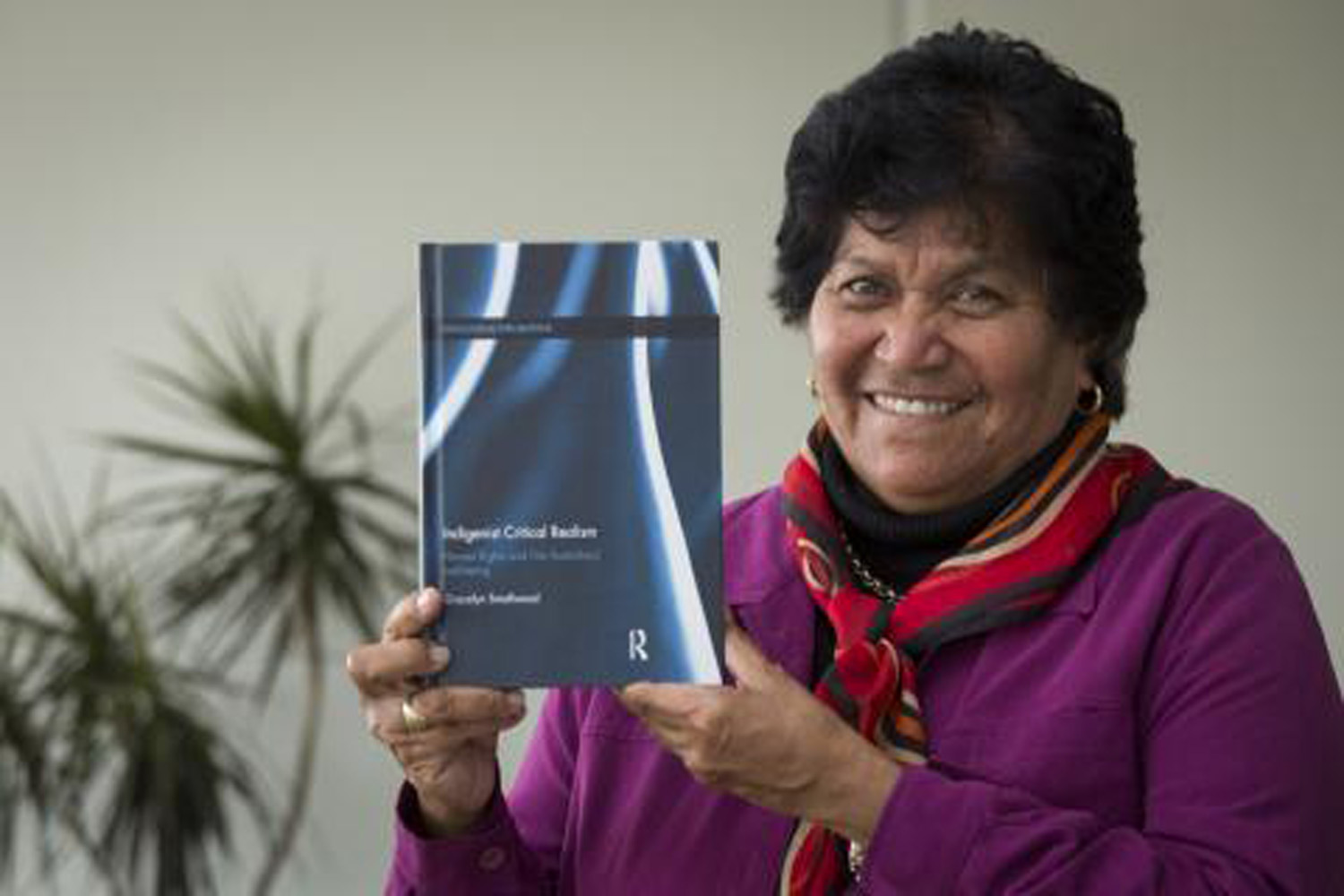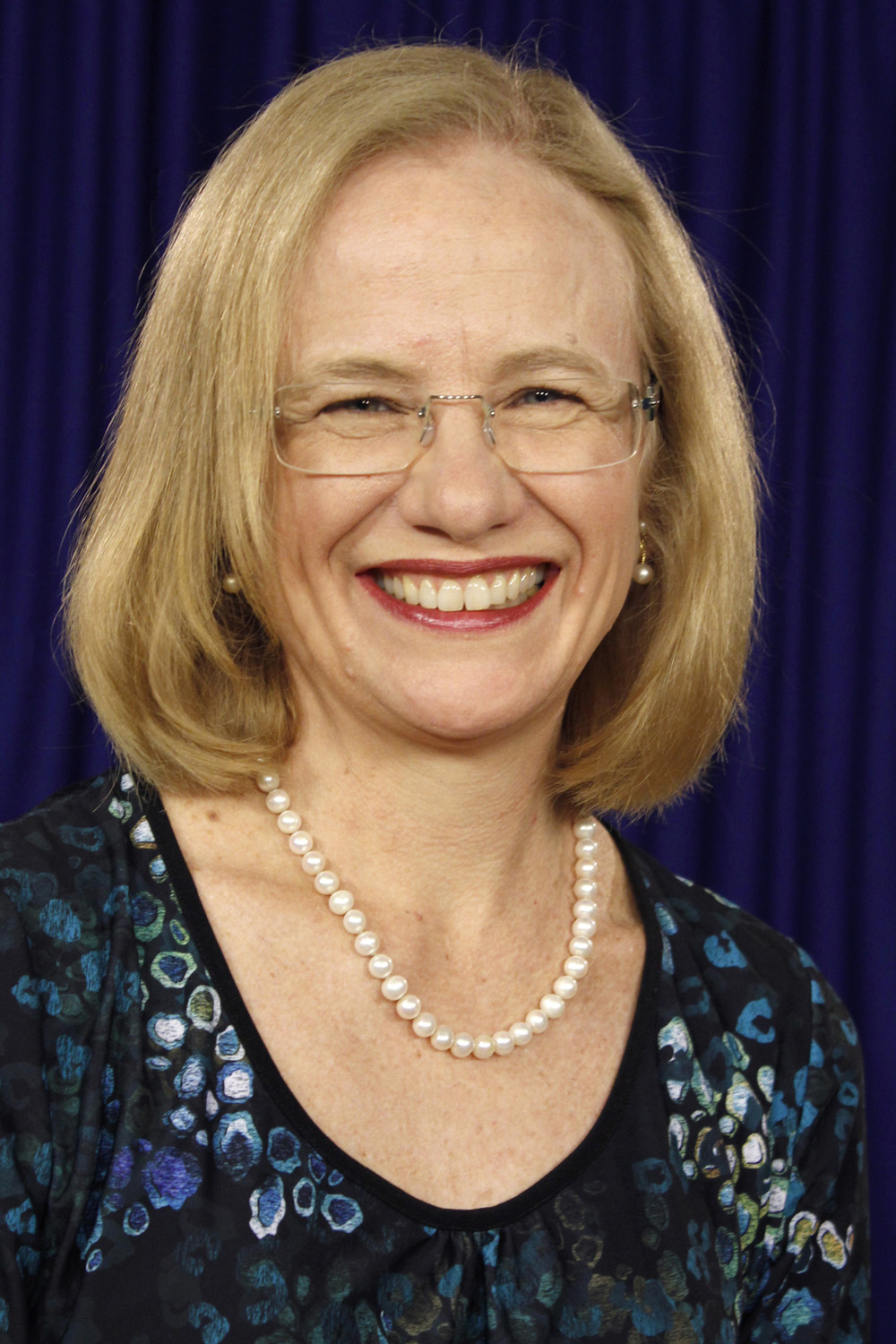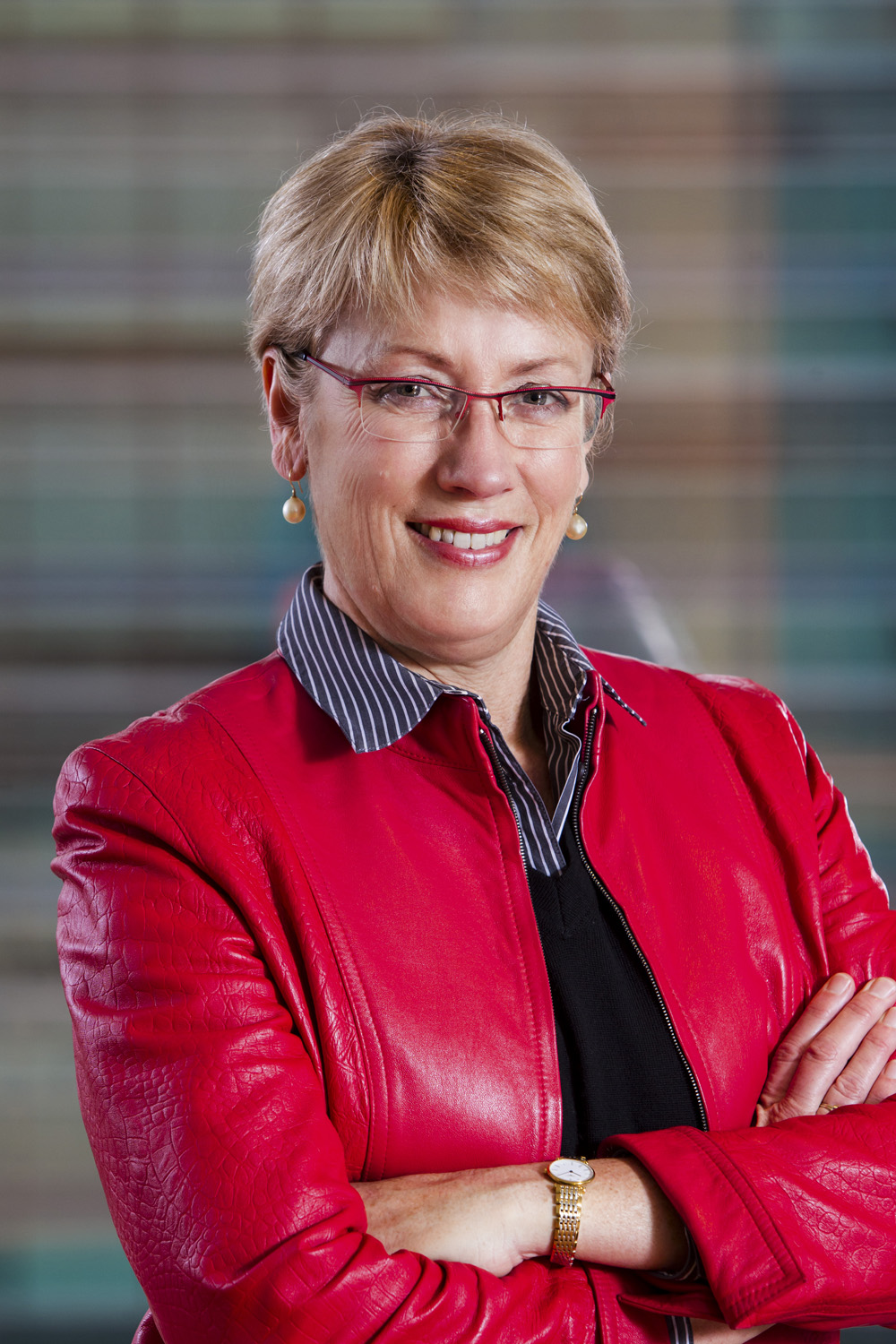Monograph - Individual presentations listed in program order
Creative Commons Licence
This publication is licensed under the Creative Commons Attribution 4.0 International Public License available from https://creativecommons.org/licenses/by/4.0/legalcode (“Licence”). You must read and understand the Licence before using any material from this publication.
Restrictions
The Licence may not give you all the permissions necessary for your intended use. For example, other rights (such as publicity, privacy and moral rights) may limit how you use the material found in this publication.
The Licence does not cover, and there is no permission given for, use of any of the following material found in this publication:
- the Commonwealth Coat of Arms. (by way of information, the terms under which the Coat of Arms may be used can be found on the Department of Prime Minister and Cabinet website http://www.dpmc.gov.au/government/commonwealth-coat-arms);
- any logos and trademarks;
- any photographs and images;
- any signatures; and
- any material belonging to third parties; this includes all documents (pdf and mp4) below.
Attribution
Without limiting your obligations under the Licence, the Department of Health requests that you attribute this publication in your work. Any reasonable form of words may be used provided that you:
- include a reference to this publication and where practicable, the relevant page numbers;
- make it clear that you have permission to use the material under the Creative Commons Attribution 4.0 International Public License;
- make it clear whether or not you have changed the material used from this publication;
- include a copyright notice in relation to the material used. In the case of no change to the material, the words “© Commonwealth of Australia (Department of Health) 2018” may be used. In the case where the material has been changed or adapted, the words: “Based on Commonwealth of Australia (Department of Health) material” may be used; and
- do not suggest that the Department of Health endorses you or your use of the material.
Central Queensland University
Professor Gracelyn Smallwood AO is Professor of Nursing at Central Queensland University and Adjunct Professor at the Division of Tropical Health and Medicine at James Cook University (JCU), Townsville, Queensland (QLD). I am a Birrigubba, Kalkadoon and South-Sea Islander woman born in Townsville in 1951. I grew up in a condemned house with a dirt floor, 18 siblings (14 of us in one family, five more when my father re-married) of whom I am the third eldest. In 1972, I became a registered nurse and used my qualifications to work in communities such as Alice Springs, Palm Island, remote Western Australia and South Australia. I was a volunteer member of the Townsville Aboriginal and Islander Health service in 1974 and worked as a volunteer Registered Nurse with two volunteer doctors. Later I became a registered midwife. I was awarded the Queensland Aboriginal of the Year in 1986 and an Order of Australia in 1992 for service to public health, particularly HIV-AIDS education. In 1993, I was the first Indigenous Australian to receive a Masters of Science in Public Health (JCU) for my work on HIV education in North Queensland Indigenous communities. I have been employed as an advisor to the World Health Organisation on HIV-AIDS and Indigenous communities, and by the Queensland Health Minister Ken McElligot and Queensland Minister for Family Services Ann Warner because of my expertise on health and domestic violence inequalities. In 2007 I had one of my greatest achievements, the Deadly Award for Outstanding Lifetime Achievement in Indigenous Health. I was especially delighted with this award, as it is peer and community judged. In 2011, I completed my PhD thesis Human Rights and First Australians Well-being. In October 2013 I was awarded the United Nations Association of Australia Queensland Community Award - Individual, in recognition of service to public health, in particular, HIV-AIDS, contribution to Australian Universities, and consultation to the World Health Organisation. In 2014, I received the prestigious award of NAIDOC Person of the Year. In 2015 I was appointed Member, The Harvard FXB Health and Human Rights Consortium. |
|||
|
Brandon Zysk, Wujal Wujal Aboriginal Shire Council, and Clayton Abreu Cairns Public Health Unit, QLD Synopsis |
|||
|
Sonny McKay, Shire of Derby/West Kimberley and Iris Prouse, Kimberley Population Health Unit, WA Synopsis
|
|||
|
Liam Harte, Big Rivers Region Waste Management Working Group, NT Synopsis
|
|||
|
Dr. Jeannette Young, Chief Health Officer, and Deputy Director-General, Prevention Division, Department of Health, QLD |
Dr. Beth Woods, Director-General, Department of Agriculture and Fisheries, QLD
Beth Woods completed her DPhil in Agricultural Economics as a Rhodes Scholar at Oxford University. Is currently Director-General of the Department of Agriculture and Fisheries. Has served on committees of the Grains R&D Corporation, the Policy Advisory Council of the Australian Centre for International Agricultural Research (ACIAR), the CSIRO Board, the Gatton College Council and the Rural Adjustment Scheme Advisory Council. Chaired the RIRDC, ACIAR, and the National Drought Policy Review in 2004, and the International Rice Research Institute from 2008-10. Is currently a Director of the QRAA, and Chair of WorldFish, headquartered in Penang.
Jason May, Central Coast Public Health Unit, NSW
This presentation is a review of the involvement of the Aboriginal Environmental Health Promotion (AEHP) Working Group at the New South Wales (NSW) Aboriginal Rugby League Knockout 2017. The AEHP Working Group delivered two children activities: Mister Germ Hand Hygiene activity and Waste Management Education activity. This presentation will address how to get involved in a large community event including how to effectively work in conjunction with other organisations. Also, how the activities we performed worked and/or did not work and lessons learnt from tailoring environmental health promotion activities to a large community event.
Millie Harford-Mills, Australian Indigenous HealthInfoNet, WA
This presentation will provide an overview of the Australian Indigenous HealthInfoNet, by exploring how an Indigenous Environmental Health Practitioner (IEHP) could use the web resource in a practical way in their day to day work, and make positive changes in their community, with a specific focus on creating partnerships and staying connected. It will highlight the HealthInfoNet’s Yarning Places, and demonstrate how they can be used as a tool for encouraging greater participation and networking within the sector.
Aaron Clifford, Department of Health, NT
On the 25 December 2016, a large rain event resulted in significant flooding within the remote Aboriginal community of Kintore, located 530 km west of Alice Springs. The NT Department of the Chief Minister coordinated a multi-agency approach to evacuating residents; and remediate the subsequent flooding impacts to housing, critical health infrastructure, and sources of infectious and parasitic diseases. Throughout this response, community access was dramatically inhibited, providing a complex range of constraints for multidisciplinary investigation, and the provision of supplies, personnel, and services.
This presentation will provide an overview of the recovery process in the context of environmental health and its place within the collaborative multi-agency network that responded to the flooding event. This includes methods that were undertaken to ensure: the sanitation, pest control and provision of health hardware for community housing; entomological treatment; investigation of critical health infrastructure; and the provision of community consultation and health education.
Stephen Hill, Cherbourg Aboriginal Shire Council, QLD, Dr Bonny Cumming, AMRRIC, NT, Amanda Hutchings, Darling Downs Public Health Unit, Dr Greg Simmons, The University of Queensland School of Veterinary Science, QLD
Seeking feedback on any delivered animal management program is an extremely valuable activity to assist the development of new programs, as well as responsively modify existing programs. This presentation features a short video that shares the thoughts of Cherbourg community members in relation to the 2016 Cherbourg Dog Management Program (an integrated veterinary and education program), as well as reflections from key stakeholders on the development and implementation of the program, and the benefits that have resulted.
Philomena David and Bert Matysek, Torres Strait Island Regional Council
Presentation on the development of the Environmental Health Worker Program over the last few years. Including development of specific Programs;
- Food Safety Program
- Animal Mangement Program
- Vector Control Program
- Biosecurity Program
- Local Law Compliance Program
- Pest Management Program
- Senior Mentoring Program
TSIRC have overcome challenges such as remoteness, availability and high cost of training through partnerships and have been able to deliver significant successful training outcomes for EHW’s. Resulting in positive staff development, staff retention and building capacity for future sustainable programs, going forward.
Robert Barnett, NSW Health and Cindy Gliddon, Hunter New England Population Health, NSW
The “Germinator Smart Board Program” builds upon the already successful “No Germs on Me” and “Mister Germ” programs. The classroom-based program utilises modern technology of a “Smart Board” to support teachers to engage with their students and teach them what germs are, how easily they can be spread, how they can make us sick and how they can be prevented with a particular focus on hand hygiene. The Program is fun, interactive and includes animation and hands-on activities. This resource is easily accessible and can be used at the school convenience.
Steven Kelly, Bundiyarra Aboriginal Community Aboriginal Corporation, WA
Many Aboriginal people experience difficulty in spending money on cleaning products which contain high volumes of chemicals which can lead to sickness, many are ineffective and leave bad odours. Learn how to effectively clean your home using natural products that are inexpensive to purchase, contain few to no chemicals with the addition of herbs, native species and fruits. Products include carpet, window, and oven cleaners, air fresheners, nit treatment, weed remover and fly, cockroach and mice repellents. These simple remedies will assist in removing environmental health effects and result in creating healthier homes at affordable prices leaving more money for living.
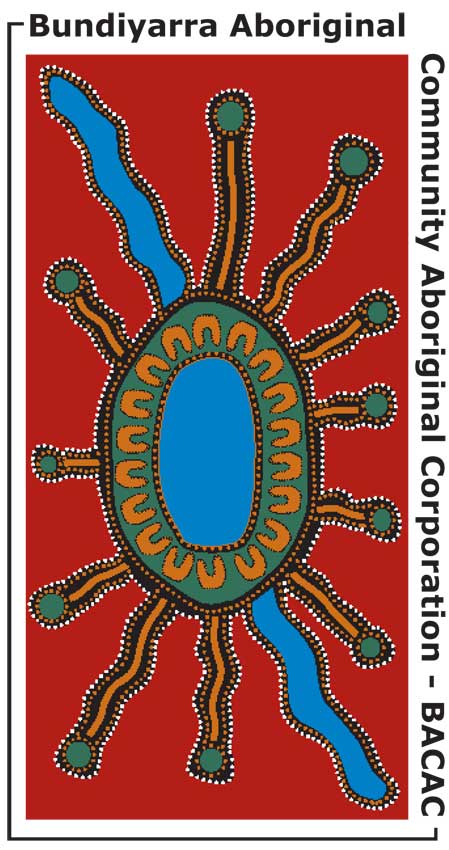
Session Sponsor
Michael Davis and Edan Baxter, Central Australian Remote Waste Management Program, NT
Presentation Overview
1. Central Australian Remote Waste Management Program
2. Developing and implementing procedures, guidelines and plans to improve waste and litter management, including
3. Developing Waste Management Best Practice
4. Landfill & Litter Management App
• Stage 1; Development of the Waste Management App.
• Stage 2; Development of the Litter Management App.
• Stage 3; planning for Waste volumes.
• Stage 4; Planning for Remediation of legacy waste sites
1. Central Australia Waste Management Working Groups
The Central Australian Waste Management Working Group commenced in 2012 with members including; Barkly, Central Desert and MacDonnell Regional Councils, NT Department of Environmental Health, NTEPA, DHCD, NT Worksafe, and LGANT. The aim of the group is to work together to discuss regional waste management and environmental health issues, along with developing sustainable and best practice waste management for remote communities in the Central Australian Region.
2. Central Australian Remote Waste Management program have developed and implemented procedures, guidelines and plans to improve waste and litter management, including;
• Central Australian Landfill Operating Manuals
• Environmental Management Plans
• Guidelines for the Closure of Legacy Waste Sites
• Community Litter Action Plan
3. Developing Best Practice
Standardised landfill signage;
• Colour coded
• Drop off bay with pictures
• Pit and stockpile signage
Litter Management Projects including;
• Community Hot Spots
• Community Litter Management (clean- up day) programs
• Community education programs
Litter Management Community Education
• Schools
• Community Groups
• Council Staff
4. Waste and litter management app
2015- The Working Group, along with the Central for Appropriate Technology, Spinifex Valley and NT EPA developed a pictorial and spoken word Waste Monitoring Application. The Waste App was designed specifically to aid the Council to maintain its current landfill by helping audit key performance areas.
The spoken and pictorial design enables Council to involve staff with low literacy in their waste auditing process.
The auditing process included choosing the following action;
• The community.
• Taking a selfie to identify staff member completing the audit.
• Colour rating the following key performance areas.
• Entrance Road from the Community.
• Landfill Compound fence.
• Public Drop off Bays.
• Storage Areas in Compound.
• General Waste Pit condition.
• Burn pit condition.
• Carcass Pit condition.
• Scrap Metal pile condition.
• Vehicles condition.
• Listed Waste condition.
• Demolition Area – Rubble condition.
The updated version of the waste management app includes;
• A more detailed Waste Management Audit including;
• Separate Public Drop audit with 13 Bays
• Separate Council Compound audit including compound and road condition and each pit and stockpile condition.
• Litter Management App function including;
• Yearly community bins condition audit;
• Plant serviceability;
• Litter hot spot audits;
• And the reportable tidy town locations in and around the community.
A detailed report including historical charts is available at the completion of each audit.
Waste volumes
Stage 3; Waste Volumes
• Is currently in the planning stage and will require additional funding.
• The App will ask the auditing officer to report on Environmental Protection Licence reportable information.
Remediation legacy Waste
Stage 4; Remediation Legacy Waste
• In the planning stage and will require additional funding.
• Will include the following functions;
• Key stakeholders
• Site history
• Planning for site remediation
• Implementation Closure plan
• Post Closure Management
South Australia has delivered Aboriginal Environmental Health Programs to rural & remote Aboriginal Community Controlled Organisations beginning in 2012, after successfully training 12 Cert 11 & 111 Indigenous Environmental Health Workers.
The workers and organisations have delivered Environmental Health programs to their communities, ranging from Home hardware, Dust Control, Refuse Management, Water testing, Food Safety, Backyard Clean Up Program, Developing Partnerships with relevant organisations within their regions.
The concern at the moment is a number of Aboriginal Environmental Health Workers have succeeded in permanent employment in another role with their existing employers or gained positions elsewhere, leaving a gap of workforce resources in Environmental Health for regional South Australia.
Department of Health & Ageing is currently undertaking a partnership with a Registered Training Organisation in SA to administer the newly developed Cert 11&111 Indigenous Environmental Health Worker (IEHW) Training Package.
We are currently preparing for the training to commence for Cert 11 in 2018. We are drawing participants from Northern & Western Regions plus Riverland Murray Bridge and South East.
The participants will be from Aboriginal Community Controlled Organisations, Rural Councils, Non-Government Organisations and Government Services. We are seeking a diverse range of age experience, gender, with a genuine desire, and enthusiasm to up-skill themselves with new knowledge.
In 2019 we plan to deliver Cert 111 in IEHW Package in the regional locations.
The employment prospects for the successful participants will be for them to deliver EH Projects for their regions, they may be employed in another role with the organisation however they will be able to offer EH Skills and knowledge to the community members, to assist in improving Public & Environmental Health practices in the long term.
My role as Coordinator Aboriginal Environmental Health is ongoing and part of the role is to mentor and support workers and organisation to plan and implement effective sustainable Environmental Health Programs for their regions.
The vision for the future in SA is to broaden the support to include the Adelaide metropolitan area, up-skilling existing Aboriginal Health workers and affiliated staff in Environmental Health.
The Northern & Western suburbs of Adelaide have large numbers of Aboriginal people. This training would serve to support those members, Also to engage Local Councils, Local Health Networks, relevant Government Services to raise the Environmental Health profile for our community.
Phillip Graham, Department for Health and Ageing, SA
South Australia has delivered Aboriginal Environmental Health Programs to rural & remote Aboriginal Community Controlled Organisations beginning in 2012, after successfully training 12 Cert II & III Indigenous Environmental Health Workers.The workers and organisations have delivered Environmental Health programs to their communities, ranging from Home hardware, Dust Control, Refuse Management, Water testing, Food Safety, Backyard Clean Up Program, Developing Partnerships with relevant organisations within their regions.
The concern at the moment is a number of Aboriginal Environmental Health Workers have succeeded in permanent employment in another role with their existing employers or gained positions elsewhere, leaving a gap of workforce resources in Environmental Health for regional South Australia.
Department of Health & Ageing is currently undertaking a partnership with a Registered Training Organisation in SA to administer the newly developed Cert 11&111 Indigenous Environmental Health Worker (IEHW) Training Package. We are currently preparing for the training to commence for Cert 11 in 2018. We are drawing participants from Northern & Western Regions plus Riverland Murray Bridge and South East.
The participants will be from Aboriginal Community Controlled Organisations, Rural Councils, Non-Government Organisations, and Government Services. We are seeking a diverse range of age experience, gender, with a genuine desire, and enthusiasm to upskill themselves with new knowledge.
In 2019 we plan to deliver Cert III in IEHW Package in the regional locations. The employment prospects for the successful participants will be for them to deliver EH Projects for their regions, they may be employed in another role with the organisation however they will be able to offer EH Skills and knowledge to the community members, to assist in improving Public & Environmental Health practices in the long term.
My role as Coordinator Aboriginal Environmental Health is ongoing and part of the role is to mentor and support workers and organisation to plan and implement effective sustainable Environmental Health Programs for their regions.
The vision for the future in SA is to broaden the support to include the Adelaide metropolitan area, upskilling existing Aboriginal Health workers and affiliated staff in Environmental Health.
The Northern & Western suburbs of Adelaide have large numbers of Aboriginal people. This training would serve to support those members, Also to engage Local Councils, Local Health Networks, relevant Government Services to raise the Environmental Health profile for our community.
Tanaio Anau, Bob Modee, Conwell Tabuai, Mildred Lowatta and Crossfield Manuel, Torres Strait Island Regional Council
Two (2) Environmental Health Workers (EHWs) from Boigu and Saibai Islands along with one of their senior working mentor from Stephen Island will be sharing their experiences on how they deliver public health programs in their respective communities. Furthermore, they will showcase their roles and responsibilities and how the endorsement of Council’s local law has impacted a change for the betterment of the communities, while considering the LORE of the land.
Tammy Williams, Deputy Director General, Department of Aboriginal and Torres Strait Islander Partnerships, QLD
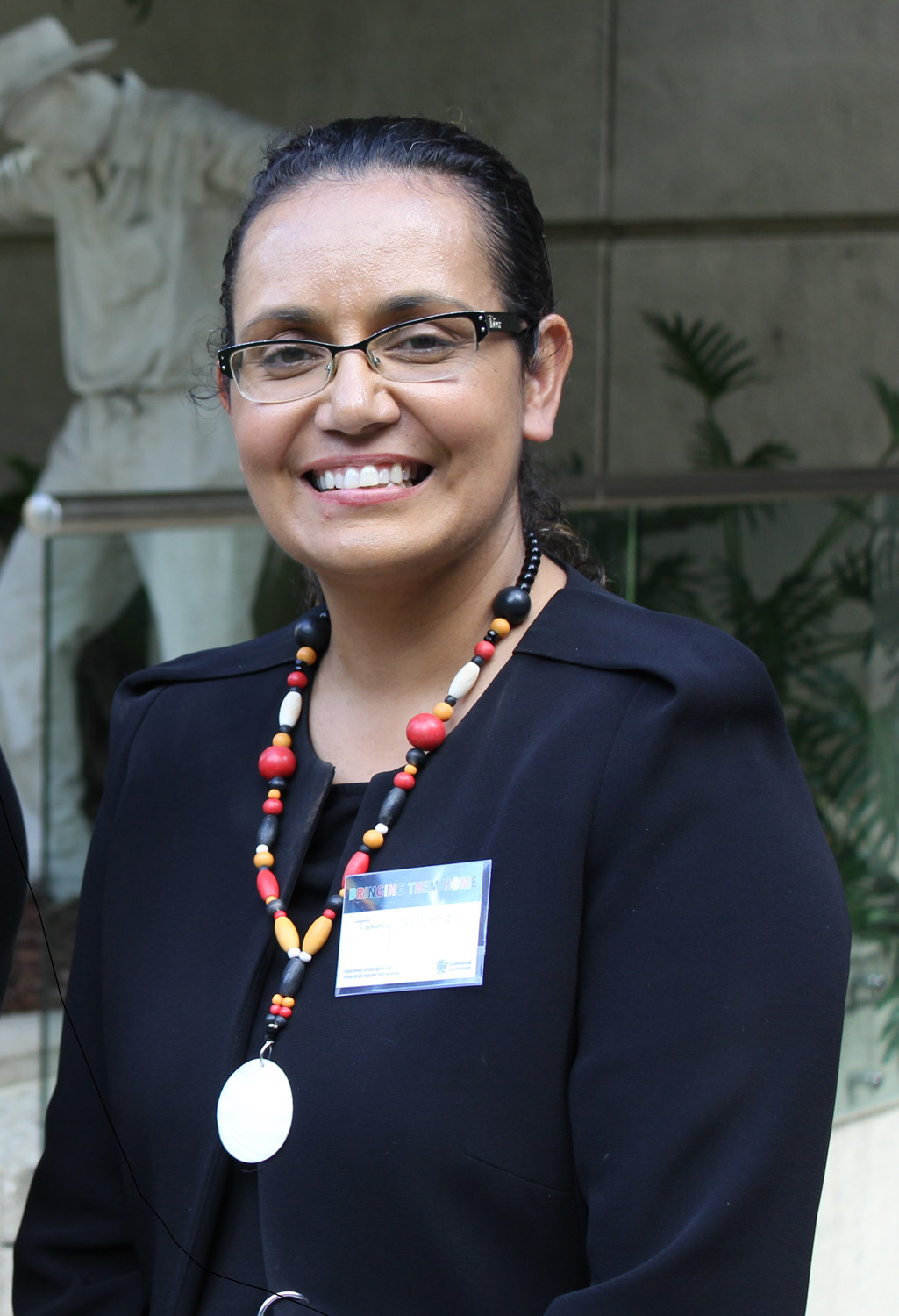 Ms Williams, a Murri woman, was admitted as a Barrister in the Supreme Court of Queensland and High Court in Australia in 2002 and has more than 18 years of professional and pro-bono experience working in the field of human rights, with a focus on Indigenous and children’s rights.
Ms Williams, a Murri woman, was admitted as a Barrister in the Supreme Court of Queensland and High Court in Australia in 2002 and has more than 18 years of professional and pro-bono experience working in the field of human rights, with a focus on Indigenous and children’s rights.
“I am delighted to join the leadership team of DATSIP and continue serving our community by developing social policy to improve life outcomes for our children, young people and their families,” Ms Williams said.
Alongside her departmental colleague, Deputy Director-General for Culture and Economic Participation, Helena Wright, Tammy’s appointment as Deputy Director-General for Policy jointly represents the highest position currently held by Indigenous females within this department and the Queensland Government public sector.
Ms Williams was awarded her law degree in 2001 from the Queensland University of Technology and was admitted as a Barrister to the High Court of Australia and Supreme Court of Queensland the following year.
She has made significant contributions to Queensland Civil and Administrative Tribunal’s jurisprudence presiding of matters across the Human Rights Divisions specialising in children and anti-discrimination matters.
Was a member of the National Human Rights Consultation Committee, which analysed Commonwealth and state human rights laws and policies, and comparative international laws and Parliamentary mechanisms. The committee has been credited with undertaking the most comprehensive public consultation of its type in the nation’s history.
Former membership of the National Indigenous Council, a peak advisory body that advised the Australian Government on matters relating to Indigenous policy.
Co-authored award-winning book, Not Just Black and White, which tells the story of her mother, Lesley Williams’, research and international campaign for the return of Indigenous Queenslanders’ wages and savings; and
Featured in the book The Power of 100, which profiles 100 women who have shaped Australia.
Sonny McKay, Shire Of Derby/West Kimberley, WA
In response to the 2014 APSGN outbreak in the Kimberley region of Western Australia, The Shire of Derby/West Kimberley’s Aboriginal Environmental Health (AEH) team realised the importance of a successful referral system. We took on this request in an effort to get Environmental Health service providers recognised and involved at an early stage to better the lives of people in our Aboriginal communities. In this presentation we will talk about our development process, the forms we created which include Inspection forms, Risk Categorisation forms, and Report forms. We will talk about how we implemented the referral system and got the forms recognised, embedded and utilised within the medical service space. We will also discuss the challenges we encountered, concerns around privacy and the ongoing support that is needed.
Dr Angela Pitts, NSW Health, NSW
National data indicates that Acute Rheumatic Fever (ARF) and Rheumatic Heart Disease (RHD) disproportionately affect Aboriginal people. Aboriginal children and young adults are most affected with rates being among the highest in the world. RHD is a preventable disease.
A pilot Environmental Health Response to ARF/RHD is currently being implemented in NSW, which includes a Home Assessment and Fix component in the home of the case in response to each notification. The project aims to ensure the house supports healthy living practices and reduces the risk of disease transmission to other family members.
This presentation examines the process and delivery of the NSW Health Environmental Health Response to improve environmental living conditions in Aboriginal communities (households living with ARF/RHD) and raise awareness of ARF/RHD.
Jim Dodds, Environmental Health Directorate, Department Of Health and Chicky Clements, Nirrumbuk Aboriginal Corporation, WA
Trachoma is endemic in many Aboriginal communities in WA and particularly affects children. Trachoma is a contagious eye infection caused by bacteria and can result in trichiasis and blindness if not treated. Among the causes of trachoma are over-crowding, non-functioning essential housing infrastructure and poor standards of personal and domestic hygiene.
Squeaky Clean Kids is a health promotion program where WACHS has partnered with SoapAid to deliver free soap to all participating communities. This presentation will showcase the project and discuss the important role that local Environmental Health Workers play as leaders in this community based project. It will highlight how the EHWs have supported the health promotion messages about hygiene, hand and face washing to support the provision of free soap as well as conducting bathroom audits.
Matthew Lester, WA Health, and Chicky Clements, Nirrumbuk Environmental Health WA
Trachoma is a preventable disease that can lead to blindness. Trachoma infections are spread between children via infected eye and nose secretions and, while prevalent 150 years ago, has disappeared from most of our population with the exception of Aboriginal and Torres Strait Islander communities – in particular in remote communities. Australia is the only high-income nation to still have trachoma.
The National Trachoma Surveillance Control Reference Group (NTSCRG) was established in 2006, is composed of jurisdictional representatives and medical experts and is supported by the Commonwealth Department of Health and Ageing.
The NTSCRG is committed to the Alliance for the Global Elimination of Blinding Trachoma by 2020 (GET 2020) initiative, supported by the World Health Organization (WHO). Australia follows the WHO “SAFE” Strategy for trachoma elimination (Surgery, Antibiotics, Facial cleanliness and Environmental health).
The past 10 years have focused on surgery (S) and antibiotic (A) administration combined with a comprehensive screening process for children. This has resulted in a significant reduction in community numbers and populations with endemic trachoma in Australia - rates in children in endemic areas have fallen from 21% in 2008 to 4.6% in 2015. As the prevalence has been driven to historically low numbers, there is a recognised need for effective implementation and management of the ‘F’ and ‘E’ components (Facial cleanliness and Environmental health) to sustain trachoma elimination as a public health issue and prevent any resurgence.
Facial cleanliness and environmental health improvement are the focus for the NTSCRG to keep trachoma prevalence down in the future. Having access to soap and water and the associated ‘health hardware’ is crucial to ensuring people have the ability to wash hands and faces to prevent trachoma transmission. Instilling the understanding in communities that a child’s dirty face is unacceptable because of the potential for trachoma transmission is an integral health promotion message (health software).
Last year, the NTSCRG invited the Working Group for Aboriginal and Torres Strait Islander Environmental Health (WGATSIEH) to nominate a representative to advise on the development of ‘E’ (environmental health) strategies to support the elimination of trachoma as a public health issue and to sustain this in the future.
Matthew Lester, the WA Health representative on WGATSIEH, was nominated to participate in the NTSCRG. This presentation will provide what has been developed in the F and E areas of trachoma elimination – the health software and hardware required and how these initiatives may positively impact on broader preventable health conditions in remote Indigenous populations. This presentation will also focus on the strong partnerships required to enable any successful initiative – partnerships cultivated between health and non-health agencies, communities, service providers, and families.
The workshop will identify current enablers and barriers to working in partnerships for trachoma and hygiene related health issues and draw on current progress and expertise in each State and Territory to define key areas for action for the sustainable elimination of trachoma.
NOTE: There is a significant amount of information involved in this presentation that reflects the level of community engagement, appropriate environmental health interventions, liaison with medical services and connections between trachoma - risk communities and proposed solutions.
There are also a large number of people involved with this project and the presentation would be better with their involvement, especially those implementing community-level actions. If acceptable to the organising committee, it is proposed that this be held as a workshop over a 90 to 120-minute session rather than a single presentation.
It could be the starting session of Day 2 or 3 rather than a keynote speaker or alternatively as an optional stream during the conference.
Matthew Lester, WA Health
This session will be an open forum where environmental health practitioners will explain how they take environmental health into the homes of remote Indigenous communities - how this type of initiative can really make a difference to preventing chronic health conditions and how it interacts with primary care clinics, population health units and communities.
Mayor Fred Gela, Mayor, Torres Strait Island Regional Council
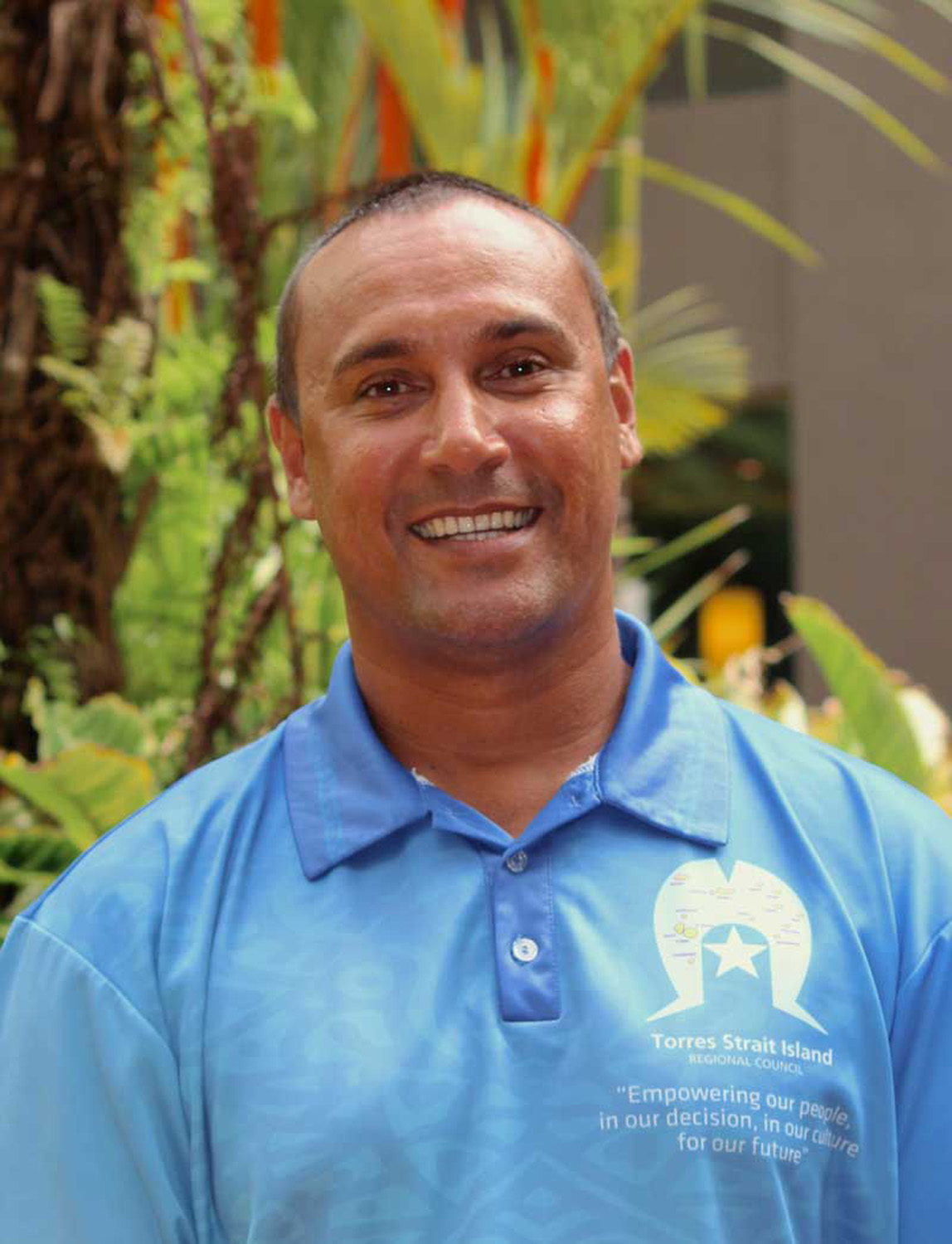 Mayor Gela’s strong vision for the region is founded in his deep commitment for his people.
Mayor Gela’s strong vision for the region is founded in his deep commitment for his people.
Serving his third term Mayor Gela is committed to improving essential services, ensuring Council’s sustainability, rehabilitation of failing infrastructure and developing economic opportunities
and has a strong vision for greater autonomy through Regional Governance Reform.
Mayor Gela believes the 21st century is the time of innovation, where we must embrace new ideas and forge new partnerships, whilst maintaining faith with the communities we serve.
Mayor Gela is a returning member of the LGAQ Policy Executive and is the Deputy Chair of the newly established Community Enterprise Queensland Board.
Tim Short, SEC Health, Lisa Motbey and James Allwood, NSW Health, NSW
In 2014, the NSW Health funded a HfH project in a discreet community in Southern NSW. Pests were identified as an ongoing problem for residents and potentially linked to the ongoing issues around solid waste management.
A waste and pest project was initiated in 2016 with the aim of improving solid waste management inside the houses, yard areas and the local tip and consequently reducing pests in the community.
The project involved various components including:
• Community pest and waste survey and qualitative and quantitative
pest assessment
• Community clean-up
• Elimination of pest access and harbourage sites
• Pest control with community education
• Evaluation
Robert Mullane, Department Of Health, WA
Community & CDP Provider, WA Health, a regional Aboriginal Environmental Health provider and plumber addressing major water leaks, water damage and environmental health related risks to community housing and infrastructure.
A request by an RTO, delivering a regional community based Cert II Indigenous Environmental Health course for community CDP participants, and a small timely investment by the WA Environmental Health Directorate of $12,000, resulted in a coordinated effort to provide trainees with valuable practical experience, an immediate improvement in the environmental health conditions in the affected homes, and an annual saving of over $197,000 in the community’s water bill.
Ryan McLean and Scott Spurling, NT Department of Health, NT
A project to eradicate the Dengue Mosquito, Aedes aegypti, was begun in Tennant Creek in 2011 and has since been completed. This eradication program was the responsibility of the Northern Territory Government’s Department of Health (Medical Entomology branch) with assistance from other programs, local councils, NGOs and the residents of Tennant Creek. It consisted of property surveys, treatment of all receptacles as well as other measures, in order to eliminate this exotic mosquito. This presentation will detail the significant utilisation of human and financial resources that were again required to prevent the re-emergence of the Aedes aegypti and other potential vectors following several weeks of high rainfall in Tennant Creek in January 2017.
Taylor Smith, Western New South Wales Local Health District and Jessica Spencer, Health Protection NSW, NSW
Small companion animal health projects were delivered to three Aboriginal communities within one of the most disadvantaged local government areas in NSW during October 2016. Linkages between animal and public health are widely documented. This presentation will focus on the importance of a collaborative approach in delivering small companion animal programs in disadvantaged Aboriginal communities. Evaluation of the results gives insight into communities need and acceptance of the program.
Janine Morton, Dayna Namaryilk, Martina Balmana, Children’s Ground Ltd, NT
A true community-led approach, outside of the mainstream system, has been able to create healthier, safer and stronger communities in the remote Northern Territory. This integrated approach had 100% community engagement and implemented ideas from the communities themselves.
Cody Winter and Darren Indich, Bega Garnbirringu Health Service, WA
This presentation describes a few of the Environmental Health Program that Bega Garnbirringu Health Service runs in Indigenous Communities of the Eastern Goldfields Region of WA.
Don Palmer, MALPA, NSW
The Malpa Institute’s Young Doctor program helps communities use the traditional approach to health to train young health leaders who transform their communities and environments. There are currently more than 800 Young Doctors across Australia using a community-based, grassroots Indigenous approach to creating a better future for themselves and their communities. Hundreds more Young Doctors are being trained. The project receives no government funding.
Dr Simone Nalatu, Gillian Myers, Prevention Division, Queensland Health, Tiffany Williams and Cara Laws, Apunipima Cape York Health Council, QLD
Local government councils have a part to play in shaping healthy local environments through their roles in planning and development and through the provision and management of facilities and services. This presentation will outline the work that has occurred as part of the Healthy Indigenous Communities Project around engaging with key stakeholders and local decision-makers to facilitate community-led actions towards creating supportive environments for health.
Melinda Edmunds and Dr Melissa Stoneham, Public Health Advocacy Institute of Western Australia; Chicky Clements and Ray Christophers, Nirrumbuk Aboriginal Corporation, WA
Nirrumbuk Aboriginal Corporation and the Public Health Advocacy Institute of WA (PHAIWA) worked together to develop a 2-day training course on how to plan and deliver an environmental health program that would achieve better results at the community level. The interactive course allowed EHWs to select one issue they wanted to work on over 6-12months in the community, develop a project plan, and work in partnership to implement the project. The trainers from Nirrumbuk and PHAIWA returned for a 1-day workshop focusing on sharing achievements and discussing next steps for the projects. Overall the project highlights there are opportunities to engage and up-skill EHWs to deliver health messages, however, it identified the need for more infrastructure to deliver programs in regional and remote Aboriginal communities in Western Australia.
Aaron Clifford, Environmental Health Central Australia, NT
In 2016 investigations undertaken by Environmental Health Central Australia (EHCA) identified a shortage of municipal service provision within the region of Utopia. This had resulted in endemic health hardware issues, chiefly plumbing related, within 90 houses, across all 16 homelands in Utopia. Due to the significant breach of the Public Health and Environment Act and the plumbing Code significant health-related risks were identified particularly those related to infectious and parasitic diseases.
Through a range of inspections, plumbing audits, extensive reports, and the establishment of a working group, EHCA was able to work with a range of stakeholders to orientate capital equating to $1.3 million to prioritise, schedule, address, and report on the substantial scope of plumbing issues across Utopia. This included collaborating with Urapuntja Aboriginal Corporation; Barkly Regional Council; Office for Homelands, Outstations, and Town Camps; Utopia Traditional Owners; local municipal service providers; and plumbing businesses.
